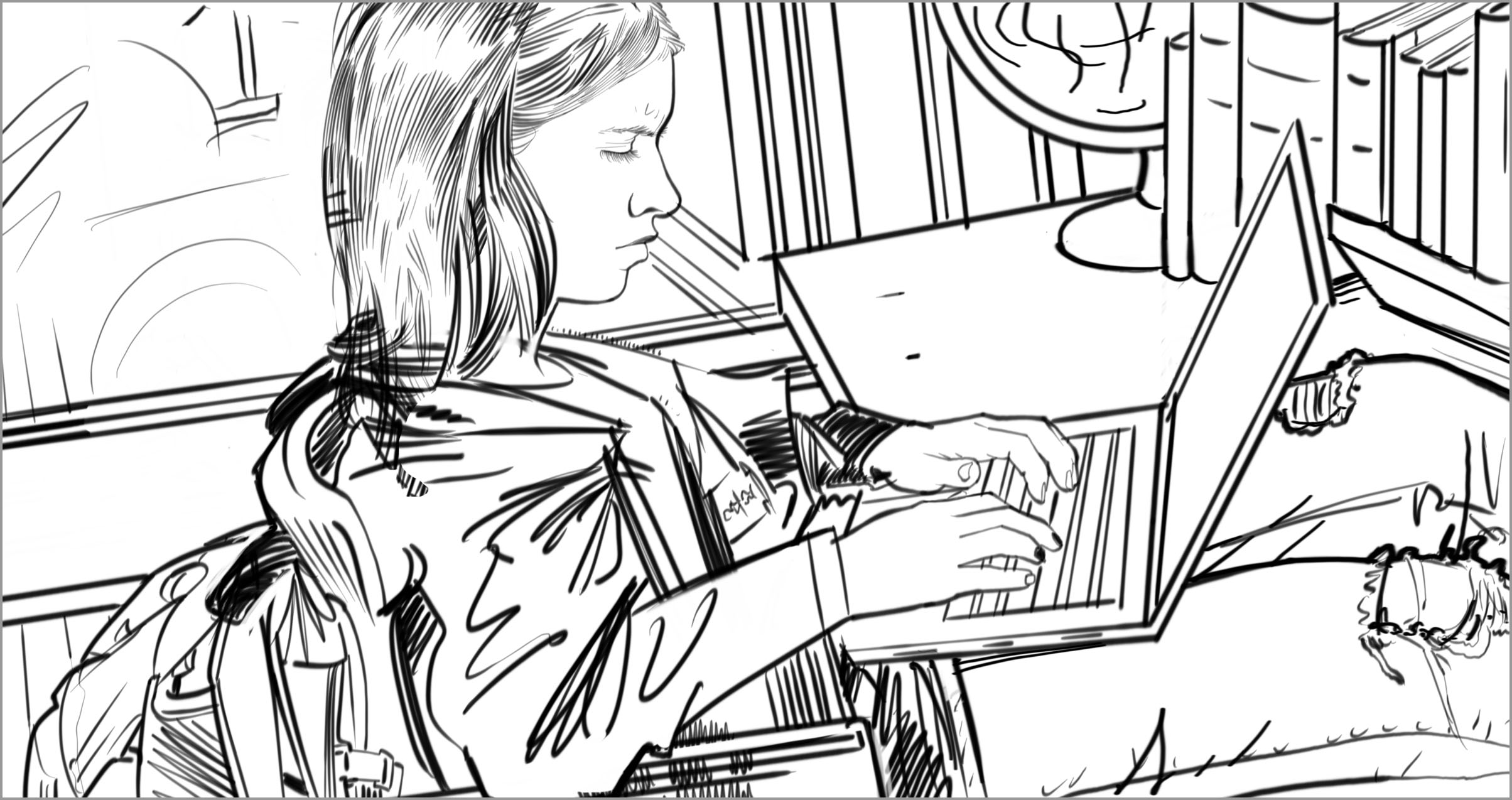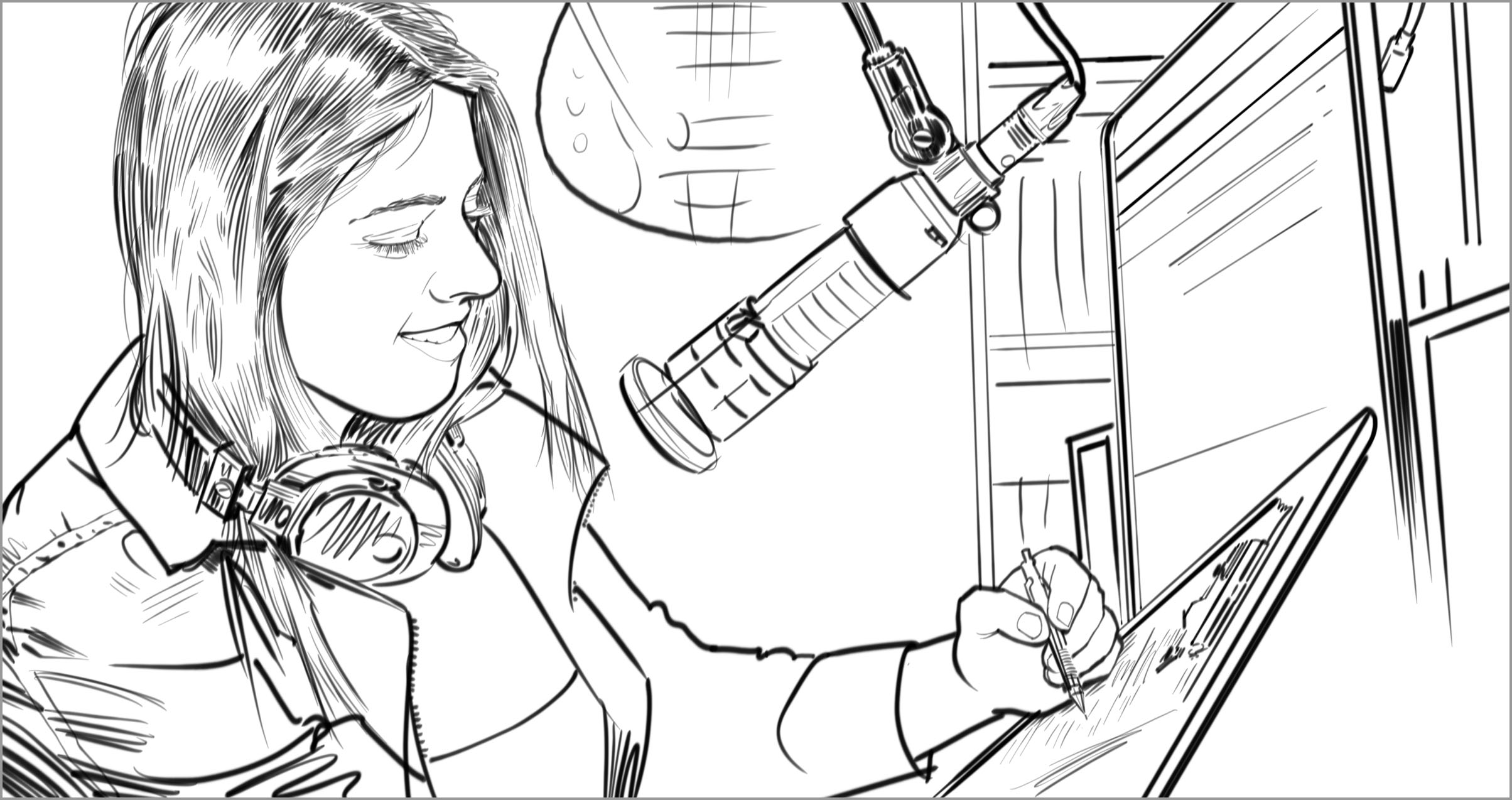Note
Access to this page requires authorization. You can try signing in or changing directories.
Access to this page requires authorization. You can try changing directories.
The amount of time someone can perform a task or sustain their body in a certain posture.
The ability to perform an action even once may be demanding for someone with a disability. Repeatedly performing or maintaining a certain body position to complete a task can be especially draining. It takes muscular endurance to stay upright with arms outstretched to our keyboards and mice, repetitively hit keystrokes, and move our hands and fingers. For some, holding the weight of a tablet up in front of them while sitting on a couch for 10 minutes is trivial, while for others just picking up the weight of a tablet is exhausting.
Endurance can be impacted by conditions like chronic pain, fibromyalgia, generalized weakness, degenerative conditions like multiple sclerosis, muscular dystrophy, and amyotrophic lateral sclerosis (ALS), spinal cord injuries, or any kind of injury that results in deconditioning of the muscles.
Barriers
- Experiences that require a person to perform a specific action for any period of time in order to complete a desired task (such as typing, holding a controller, holding a tablet up, extending one’s arm out to use a mouse)
- Devices that are heavy or cumbersome
Facilitators
- Support for alternate input options that allow people to interact with their device in positions they choose
- Smaller lightweight devices that may allow extended use or easy transport
Examples

BARRIER — Maintaining the posture needed to type on a keyboard for long periods of time can be tiresome or difficult.

FACILITATOR — Speech recognition programs that can understand a wide range of tones, accents, speeds, and volumes that a person may use can eliminate the need for prolonged physical interaction with a device.
The purpose of this reference is to provide concepts people can use to document and discuss aspects of function. Design should happen with people with disabilities, this reference is meant to support that activity, not replace it.